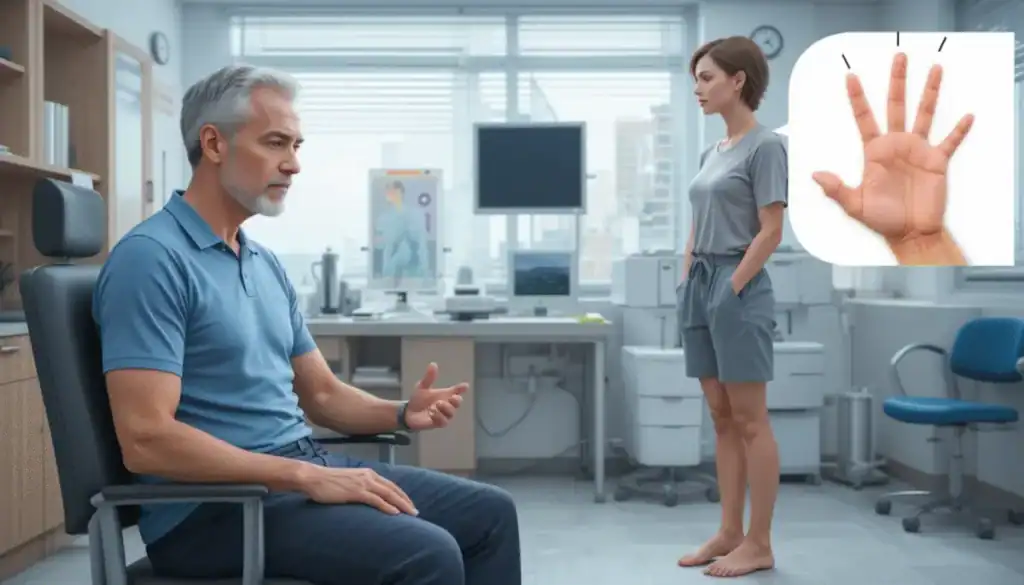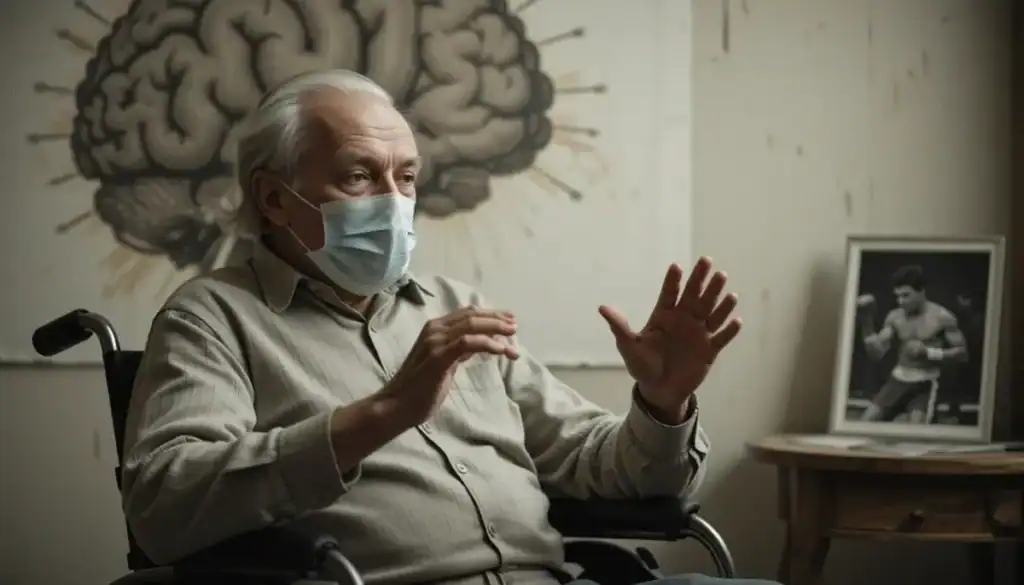Tremors are one of the most common neurological symptoms encountered in both outpatient and inpatient settings. They can arise due to various conditions, from Parkinson’s disease to anxiety. In this article, we explore a structured approach to tremors — including their classification, causes, clinical features, and management.
🧠 What Is a Tremor?
A tremor is a rhythmic, involuntary movement of one or more body parts. It can occur at rest or during action. Based on timing and context, tremors are broadly classified into:
- Resting Tremor
- Action Tremor
- Postural Tremor
- Intention Tremor
- Other Variants
Let’s explore each in detail.
🟢 Resting Tremor
Resting tremor is most commonly associated with Parkinson’s disease. It presents as a “pill-rolling” tremor — as if the patient is rolling a coin or beads between their fingers.
Key Features:
- Present at rest
- Improves with voluntary activity
- Asymmetric in early stages
- Glabellar tap test positive (patient continues blinking upon tapping)
💊 Treatment: Levodopa + Carbidopa (dopamine replacement), anticholinergics in younger patients.
🔵 Action Tremor
This occurs during voluntary movement and is further classified into:
1. Intention Tremor (Cerebellar Tremor)
Seen in cerebellar lesions, it’s a coarse, zigzagging tremor that worsens as the target is approached (e.g. reaching for a key).
🧪 Test: Finger-to-nose test — patient overshoots or undershoots the target.
2. Postural Tremors
a. Essential Tremor
- Most common type of tremor
- Bimodal onset: teens or >60 years
- Worsens with stress, caffeine, improves with alcohol
- May involve voice or head
💊 Treatment:
- Propranolol (first-line, 60–80 mg/day)
- Primidone (25–250 mg at bedtime)
- Deep brain stimulation for resistant cases
b. Orthostatic Tremor
- Leg tremor on standing still
- Improves with walking
- Common in elderly females
💊 Treatment: Clonazepam, Gabapentin
c. Physiological Tremor
- Normal phenomenon, no treatment required
- May be exacerbated by fatigue or anxiety
🟡 Flapping Tremor (Asterixis)
Seen in organ failure:
- Hepatic encephalopathy
- Uremia
- CO₂ retention
🖐️ Test: Ask patient to extend arms and dorsiflex wrists → observe for irregular flapping motion
🎯 Treatment: Manage underlying cause (e.g., treat liver or kidney failure)
🔴 Functional Tremor (Psychogenic Tremor)
This is a non-organic tremor with psychological origin — commonly seen in conversion disorder or anxiety.
🔍 Clinical Clues:
- Varies with distraction
- Inconsistent frequency and pattern
- Disappears during focused tasks (e.g. mental arithmetic)
- Changes with observer presence
💊 Treatment: Psychotherapy, CBT; no medication needed.
🔚 Summary Table
| Type | Key Feature | Cause/Association | Management |
|---|---|---|---|
| Resting | At rest, pill-rolling | Parkinson’s disease | Levodopa/Carbidopa |
| Intention | Worsens as target approached | Cerebellar lesion | Treat underlying lesion |
| Essential | Fine tremor, improves with alcohol | Familial, idiopathic | Propranolol, Primidone |
| Orthostatic | Leg tremor on standing | Elderly females | Clonazepam, Gabapentin |
| Physiologic | Mild, normal variation | Stress, caffeine | None |
| Flapping | Irregular, wing-beating | Organ failure | Treat underlying cause |
| Functional | Psychogenic, inconsistent | Anxiety, conversion disorder | Psychological therapy |



